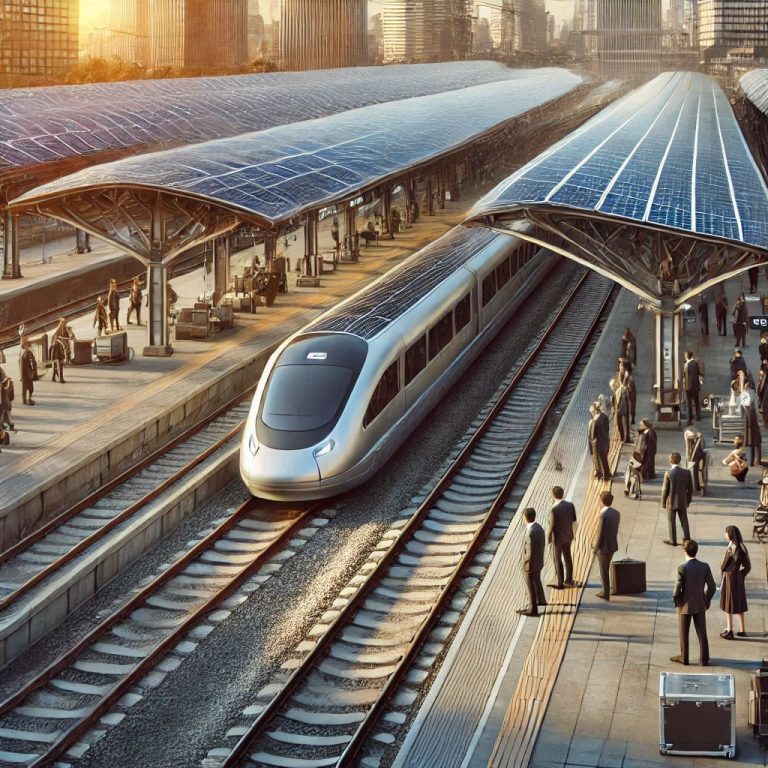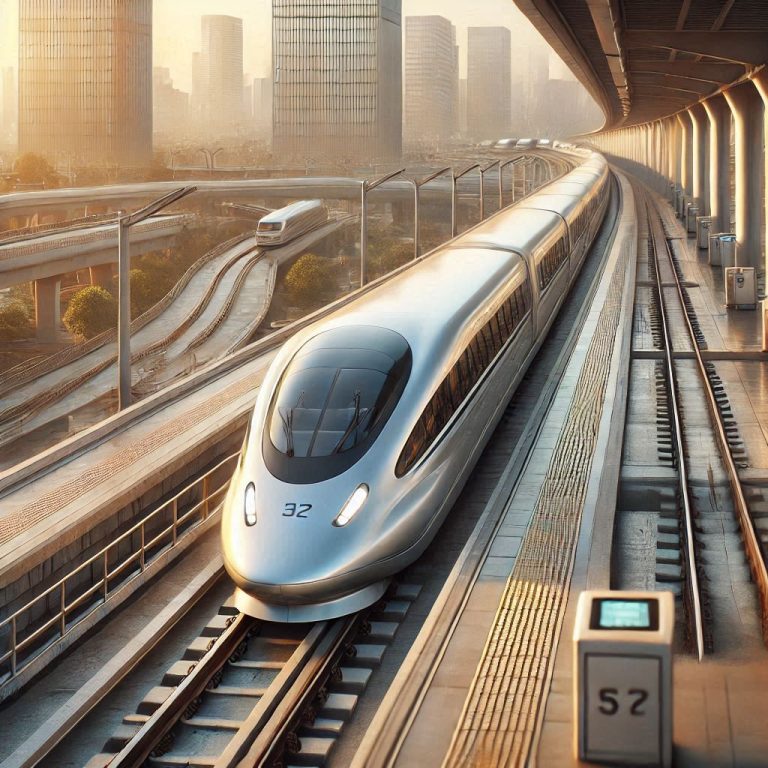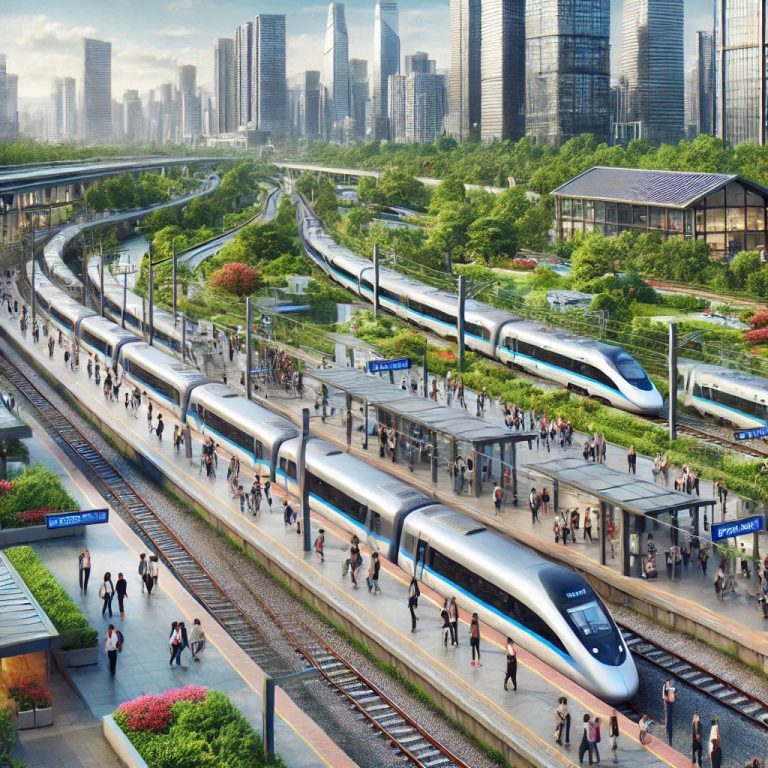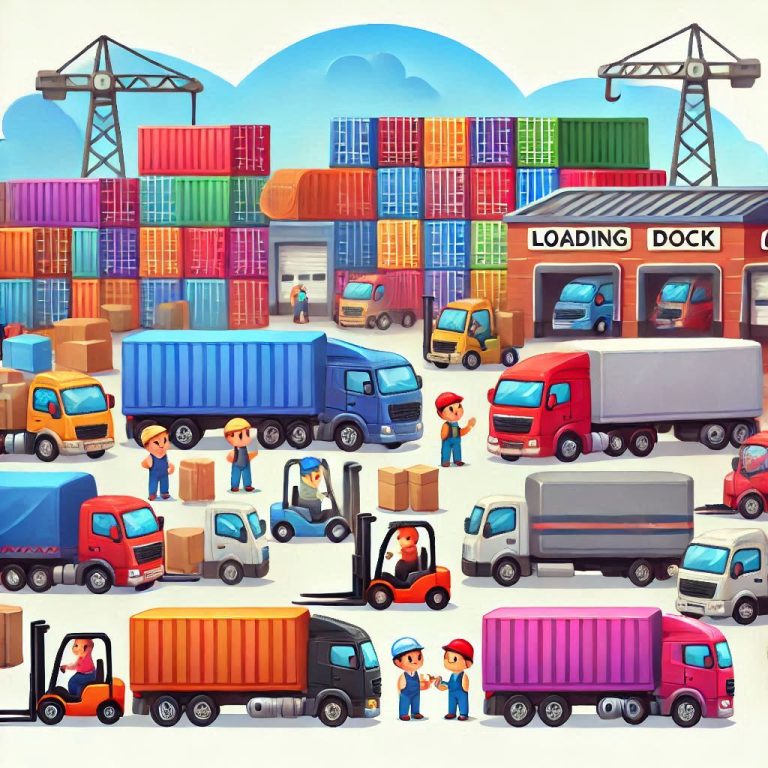
In the vast world of railway engineering, few achievements capture the imagination quite like the longest trains ever operated. These incredible feats of engineering and logistics push the boundaries of what’s possible on rails, demonstrating humanity’s ability to overcome tremendous technical challenges. From the sun-scorched tracks of Australia’s outback to the sprawling networks of North America, these massive trains represent the pinnacle of railway operations and continue to evolve as technology advances.
The concept of operating such extraordinarily long trains emerged from the need to transport massive quantities of materials, particularly in the mining and freight sectors, as efficiently as possible. These trains aren’t just impressive for their sheer size; they represent crucial innovations in engineering, from distributed power systems to advanced computer-controlled operations. They have revolutionized how we think about rail transport capacity and efficiency, setting new standards for what’s achievable in modern railway operations.
As we explore these remarkable trains, we’ll not only discover their impressive statistics but also understand the complex systems and technologies that make their operation possible. These giants of the rail world continue to play a vital role in global commerce and industrial operations, demonstrating the enduring importance of rail transport in our modern world.
Top 10 Longest Trains by Physical Length.
BHP Iron Ore Train (Australia):
Length: 7.353 kilometers (4.57 miles).
Composition: 682 cars and 8 locomotives.
Weight: 82,262 metric tons.
Record set: June 2001.
Route: Pilbara region, Western Australia.
Sishen-Saldanha Iron Ore Train (South Africa):
Length: 3.7 kilometers (2.3 miles).
Composition: 342 wagons.
Regular service: 8 locomotives.
Route: Sishen to Saldanha Bay.
Indian Railways’ Super Anaconda:
Length: 3.5 kilometers (2.17 miles).
Composition: Combined multiple freight trains.
Special operation combining three standard freight trains.
Route: Various routes across India.
BHP Regular Service Trains (Australia):
Length: 3.2 kilometers (2 miles).
Regular daily operation.
Route: Pilbara region mining operations.
Union Pacific Coal Trains (USA):
Length: 3.1 kilometers (1.9 miles).
Typical composition: 200+ cars.
Regular service on dedicated coal routes.
Mauritania Iron Ore Train:
Length: 2.5 kilometers (1.55 miles).
Composition: Approximately 200 cars.
Route: Zouerat to Nouadhibou.
BNSF Intermodal Trains (USA):
Length: 2.4 kilometers (1.5 miles).
Regular container service.
Multiple routes across western United States.
Norfolk Southern Mixed Freight (USA):
Length: 2.2 kilometers (1.37 miles).
Regular service.
Various routes in eastern United States.
Canadian National Railway (Canada):
Length: 2.0 kilometers (1.24 miles).
Regular freight service.
Multiple transcontinental routes.
The Ghan (Australia):
Length: 1.0 kilometer (0.62 miles).
Longest regular passenger service train.
Route: Adelaide to Darwin.
Technical Specifications and Operations.
Power Distribution:
Multiple locomotives distributed throughout train.
Computer-controlled power management.
Advanced communication systems between locomotives.
Specialized braking systems.
Infrastructure Requirements:
Extended passing loops.
Reinforced tracks and bridges.
Advanced signaling systems.
Specialized maintenance facilities.
Safety Features:
Continuous monitoring systems.
Multiple brake systems.
Advanced communication equipment.
Emergency response protocols.
Operational Challenges.
Track Management:
Special track maintenance requirements.
Curve negotiation.
Grade management.
Bridge and tunnel considerations.
Communication:
Real-time monitoring systems.
Crew coordination.
Emergency response procedures.
Traffic management.
Weather Considerations:
Wind resistance.
Temperature effects on equipment.
Visibility challenges.
Weather monitoring systems.
Economic Impact:
Reduced cost per ton of cargo.
Improved fuel efficiency.
Lower labor costs per unit.
Enhanced competitive position.
Reduced infrastructure usage per unit.
Environmental Benefits:
Reduced emissions per ton.
Lower fuel consumption.
Decreased overall traffic.
Efficient use of infrastructure.
Reduced carbon footprint.
Summary.
The world’s longest trains represent extraordinary achievements in railway engineering and operations. The current record holder, Australia’s BHP Iron Ore Train, with its impressive length of 7.353 kilometers, sets the benchmark for what’s possible in rail transport. These massive trains primarily serve the mining and freight sectors, with regular services operating in Australia, South Africa, and North America.
Key points about these railway giants include:
Most super-long trains operate in mining regions, particularly carrying iron ore.
Lengths range from 1 to 7.3 kilometers for the longest consists.
Advanced technology and distributed power systems make operation possible.
Significant economic and environmental benefits drive their development.
Continuous innovation in this field suggests even longer trains may be possible.
The operation of such lengthy trains requires sophisticated technology, careful planning, and specialized infrastructure. Despite the challenges, these trains represent the future of efficient bulk transport, offering significant economic and environmental advantages over other transportation methods. As technology continues to advance and global transportation needs grow, we can expect to see further developments in long-train operations, possibly breaking current records and setting new standards for railway achievement.



